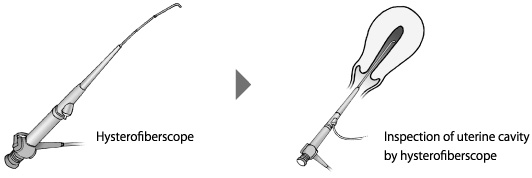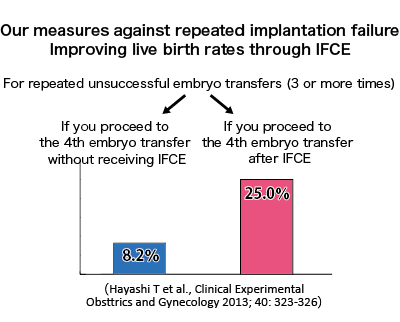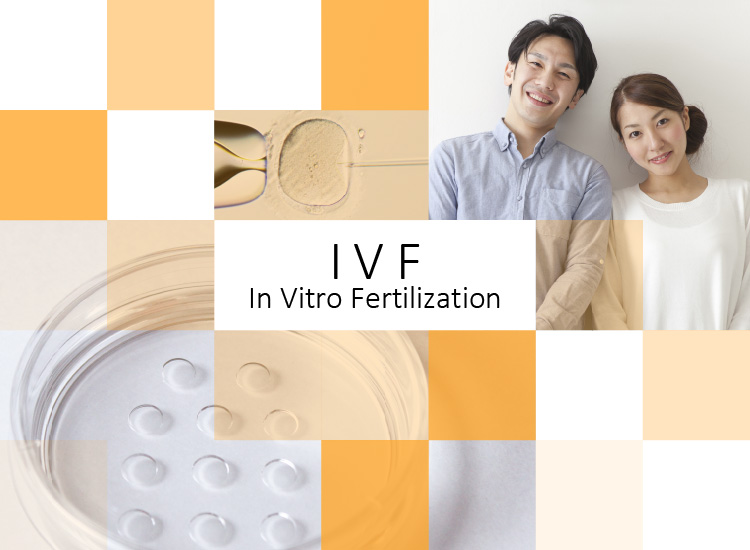Implantation failure examination (IFCE) is a test in which the inside of the uterus is checked with a hysteroscope and a biopsy of the endometrium is performed at the same time.

Implantation failure is defined when the expected embryo that will lead to pregnancy does not implant and grow.
The diagnosis and treatment of the genes of the uterus related to implantation failure is the aim and the presence of endometrial polyps, uterine myomas, and uterine cavity adhesion will be inspected at the same time.
Process
Hysterofiberscope
From the entrance to the uterus, a slim camera called the hysterofiberscope, and while a liquid is expelled from the tip of that, the uterine cavity expands and the presence of polyps and myomas will be checked.
Since the uterine cavity will be directly inspected, this procedure is used in cases when it is hard to diagnose the small lesions that are hard to notice by ultrasound.
(See the images below)

Endometrial biopsy
A small sample of the endometrium will be taken with a thin tool called the curette.
For IFCE, attention to the device is indispensable.
If the spoon of curette is too sharp, it will hurt the deep part of the endometrium, but if it is too dull it cannot scratch.
At Oak Clinic, we co-developed and designed curettes for endometrial biopsies that we currently use.
IFCE will be done within 10days from the start of your menstrual cycle.
From the start of your cycle until you receive the doctor's permission PLEASE DO NOT HAVE SEX. This is a test that you must schedule ahead of time.
There might be abdominal pain and some bleeding after the test. If the symptoms are light, please have a follow-up.
If the symptoms are severe please contact us. On the day of IFCE, you may take a shower, PLEASE DO NOT TAKE A BATH.
Repeated Implantation Failure & Endometrial Regeneration | IFCE
This is a technique in which a small part of the endometrium is scraped, the result biopsied, and later, a fertilized oocyte is transplanted to the same area that was scraped.
The scraping is done using a special instrument called a curette.
When embryo transfer was performed in the next cycle after IFCE
(Intrauterine Fiberscope & Curettage of the Endometrium)
, both the clinical pregnancy rate and the continuous pregnancy rate were about 3times higher than a cycle in which embryo transfer proceeded without any measures.


This is a special page about IFCE (Endometrial regeneration) which is used to increase the chance of implantation.










